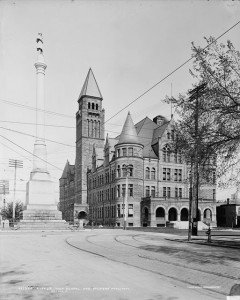Ever since I can remember, Labor Day has always included the Holiday at Home parade and festival. I grew up in Kettering, the south Dayton suburb where it’s hosted, and remember setting out lawn chairs to watch the parade a few times when I was little. Other times, especially when it was really hot or rainy, we watched it on TV.
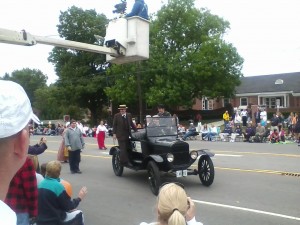
Dayton History had a nice showing in this year's parade
So I knew the event had been around since at least the early 70’s. Curious, I looked up the official website to find out when it all really began. Initially called Kettering Day, the first event was held in 1959 and hosted by the Kettering YMCA for a membership drive. Community leaders got involved and encouraged the Y to add a parade and program of events, and it was so well-attended it was a foregone conclusion it would become an annual event. Eventually, a contest was held to find a new name, and community leadership chose Holiday at Home because it encourages residents to stay home and have fun around here, rather than travel. Although it’s centered in Kettering, all are welcome, and many other south-side communities are involved.
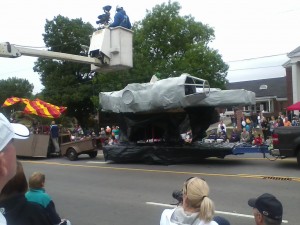
The Millennium Falcon was the coolest float in this year's Holiday at Home Parade
Public events begin the day before Labor Day, when the festival begins. It includes an arts and crafts show with vendors all around, food, and live entertainment.
The parade is the capstone event, and begins around 10 AM on Labor Day. The Holiday at Home parade is the largest in the Miami Valley. Area residents stake out parade-watching spots as early as the day before by setting out lawn chairs (which amazingly, as far as I know, don’t get stolen). The parade attracts an audience of over 10,000 people, and that’s not counting those who watch on TV. School and community marching bands, veterans’ organizations, civic groups, nonprofit organizations, and local businesses participate, with floats, performances, or vehicles in the parade. My husband’s AMVETS chapter’s riders’ group rides their motorcycles in the parade.
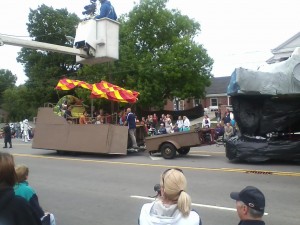
What's Star Wars without the Cantina? Jabba the Hut's in residence, enjoying a live jazz band from Fairmont H.S.
After the parade, which ends around noon, the festival goes on, with more food, arts and crafts, and entertainment. There’s also a fantastic classic car show, which is by invitation only and includes some sweet rides you don’t always see at the cruise-ins throughout the summer.
All in all, it’s a good time, and sure beats driving through Labor Day traffic.
If you live in the Dayton area, do you go to the Holiday at Home festival? Or watch the parade on TV? If you’re from elsewhere, what do you do on Labor Day weekend – does your community give you a reason to stay home?
More at the My Town Monday blog





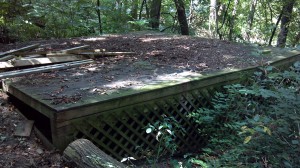 The trail winds up the hill and around the parking lot, close to South Dixie Drive. It then leads past the neighboring
The trail winds up the hill and around the parking lot, close to South Dixie Drive. It then leads past the neighboring 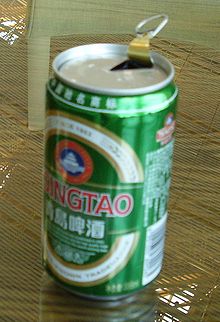 One of the fun things about writing (and reading) time travel stories is the whole fish-out-of-water aspect, especially when someone goes into the future. There is one scene in
One of the fun things about writing (and reading) time travel stories is the whole fish-out-of-water aspect, especially when someone goes into the future. There is one scene in 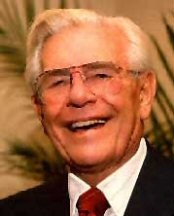
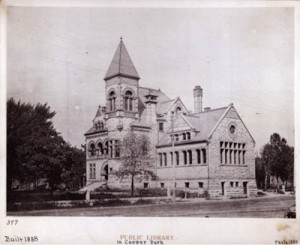 The precursor to
The precursor to 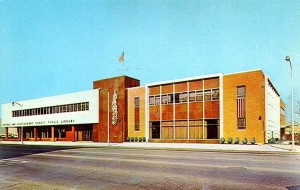 The library is once more outgrowing its downtown location, and
The library is once more outgrowing its downtown location, and 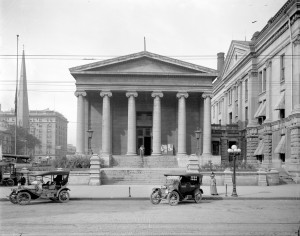
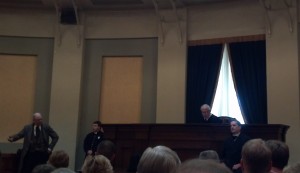
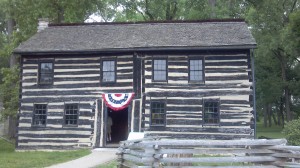 Newcom Tavern was not the very first structure built when settlers first traveled up the Great Miami from Cincinnati, but it was one of the first built shortly after, when Dayton was first settled in 1796. In addition to being the new town’s hotel, tavern and meeting place, Newcom’s Tavern was also the city’s first post office, church, general store, courtroom, and jail. The proprietor, George Newcom, served as Montgomery County’s first sheriff after Ohio gained statehood in 1803. Early defendants were held in a dry well as they awaited their hearing in court, until the town built a proper jail the following year.
Newcom Tavern was not the very first structure built when settlers first traveled up the Great Miami from Cincinnati, but it was one of the first built shortly after, when Dayton was first settled in 1796. In addition to being the new town’s hotel, tavern and meeting place, Newcom’s Tavern was also the city’s first post office, church, general store, courtroom, and jail. The proprietor, George Newcom, served as Montgomery County’s first sheriff after Ohio gained statehood in 1803. Early defendants were held in a dry well as they awaited their hearing in court, until the town built a proper jail the following year. Newcom’s Tavern originally stood at the corner of Main and Water Street (now Monument Avenue), near the river. In 1965 it was moved to
Newcom’s Tavern originally stood at the corner of Main and Water Street (now Monument Avenue), near the river. In 1965 it was moved to 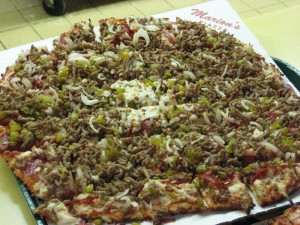 Flavor-wise, Marion’s is like no other. There’s not a lot of sauce. While there are plenty of toppings, they’re not piled on. It’s not spicy – even the sausage is very mild. And that’s one of the best things about Marion’s. The sausage has a really good flavor, and it’s crumbled over the entire pizza – no big chunks. Many of my out-of-town friends I’ve brought to Marion’s insisted on making it a regular stop on subsequent visits, and one friend from Cincinnati even used to get a whole, large pizza to take home for later whenever she came up here. Marion’s pizza microwaves very well and tastes great, even though the crust is no longer crisp.
Flavor-wise, Marion’s is like no other. There’s not a lot of sauce. While there are plenty of toppings, they’re not piled on. It’s not spicy – even the sausage is very mild. And that’s one of the best things about Marion’s. The sausage has a really good flavor, and it’s crumbled over the entire pizza – no big chunks. Many of my out-of-town friends I’ve brought to Marion’s insisted on making it a regular stop on subsequent visits, and one friend from Cincinnati even used to get a whole, large pizza to take home for later whenever she came up here. Marion’s pizza microwaves very well and tastes great, even though the crust is no longer crisp.